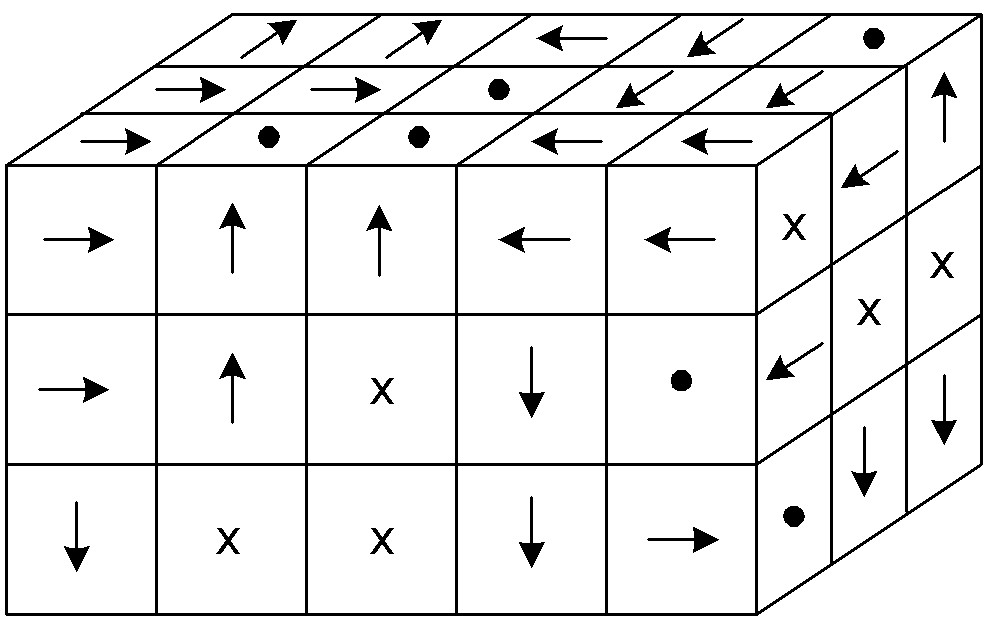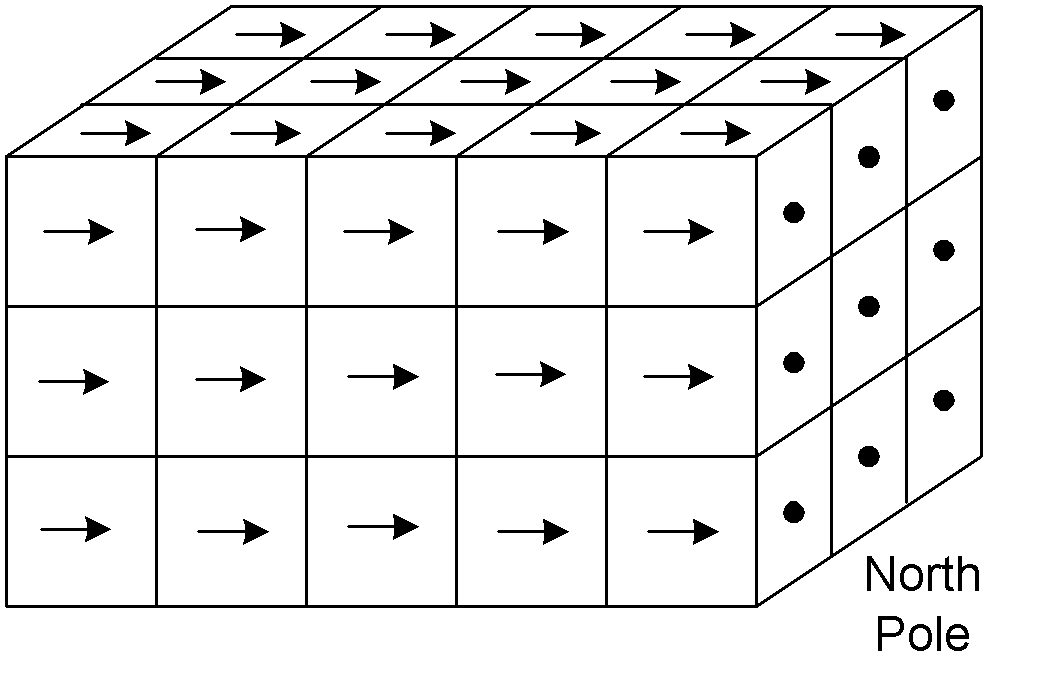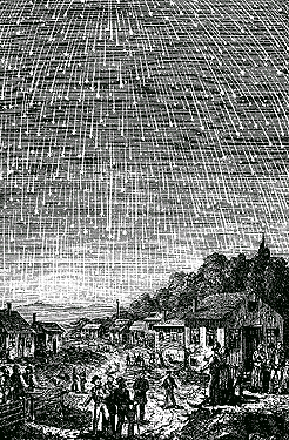One of the ways to distinguish planets from stars is that stars tend to twinkle more that planets. This difference is most pronounced on cold nights when the air is relatively calm. The twinkling of stars, technically known as stellar scintillation, is due to small packets of air moving around in our atmosphere. These packets of air act like little lenses bending, or refracting, the light from stars in different random directions making them appear to jump around. Planets, which are closer to Earth, are actually small orbs of light rather than pinpoints of light like stars and will not appear to jump around as much as stars do from this atmospheric turbulence.
Different colors of light are actually bent by different amounts as they pass through these lens-like packets of air and this adds colors to the twinkling of bright stars like Sirius – especially when it’s low on the horizon and we’re viewing it through more of the atmosphere. Sirius sometimes twinkles so much and so colorfully that it’s hard to tell from a distant airplane (I’ve even been fooled myself when it’s low on the horizon). When the supposed “airplane” doesn’t move, some people have been know to report it as a UFO.
 Sirius is so bright because it’s a fairly bright star, some 23 times brighter than our Sun, and it’s also relatively close to us, a mere 8.7 light years or 50 trillion miles (only astronomers can use the word “mere” with “trillion miles” in the same sentence!). That sounds far, but only a handful of stars (eight at last count) are closer to our own solar system. One thing you don’t see when looking at Sirius is its tiny companion star, Sirius B (Sirius is technically known as Sirius A). Sirius B can only be detected by large telescopes and is a type of star known as a white dwarf (small white dot below and to the left of Sirius A in image at left from Hubble space telescope). White dwarfs are stars nearing the end of the life (Sirius B was once a star larger and brighter than Sirius A is today) and are typically small and dim but also quite hot and dense. So small and dense that Sirius B is thought to be about the same size as the Earth but weigh as much as our Sun. A sugar-cube-sized piece of Sirius B would tip the scales at over a ton. Our Sun will eventually end its life as a white dwarf but that’s another story.
Sirius is so bright because it’s a fairly bright star, some 23 times brighter than our Sun, and it’s also relatively close to us, a mere 8.7 light years or 50 trillion miles (only astronomers can use the word “mere” with “trillion miles” in the same sentence!). That sounds far, but only a handful of stars (eight at last count) are closer to our own solar system. One thing you don’t see when looking at Sirius is its tiny companion star, Sirius B (Sirius is technically known as Sirius A). Sirius B can only be detected by large telescopes and is a type of star known as a white dwarf (small white dot below and to the left of Sirius A in image at left from Hubble space telescope). White dwarfs are stars nearing the end of the life (Sirius B was once a star larger and brighter than Sirius A is today) and are typically small and dim but also quite hot and dense. So small and dense that Sirius B is thought to be about the same size as the Earth but weigh as much as our Sun. A sugar-cube-sized piece of Sirius B would tip the scales at over a ton. Our Sun will eventually end its life as a white dwarf but that’s another story. Sirius is part of a constellation called Canis Major, the Great Dog. In ancient Greek mythology, Canis Major is one of the two dogs belonging to Orion the hunter (the other is Canis Minor) and Sirius is often called the Dog Star for this reason. Like many constellations, it’s difficult to see a dog when looking at Canis Major. I’ve always thought that ancient people had a little more imagination than we do today (probably due to not having television to waste away their evenings). If you’d like to try and see a dog in Canis Major, Sirius forms his snout and the triangle of stars two fist-widths (about 20°) below Sirius represent the dog’s tail and back legs.
Sirius is part of a constellation called Canis Major, the Great Dog. In ancient Greek mythology, Canis Major is one of the two dogs belonging to Orion the hunter (the other is Canis Minor) and Sirius is often called the Dog Star for this reason. Like many constellations, it’s difficult to see a dog when looking at Canis Major. I’ve always thought that ancient people had a little more imagination than we do today (probably due to not having television to waste away their evenings). If you’d like to try and see a dog in Canis Major, Sirius forms his snout and the triangle of stars two fist-widths (about 20°) below Sirius represent the dog’s tail and back legs.In the Iliad, Homer writes:
Sirius rises late in the dark, liquid sky
On summer nights, star of stars,
Orion's Dog they call it, brightest
Of all, but an evil portent, bringing heat
And fevers to suffering humanity.
The ancient Egyptians as early as 5,000 years ago began their new year in mid-summer when Sirius was seen rising in the eastern sky just before dawn (called a heliacal rising). This was following by the hottest part of summer and it was believed that Sirius added its heat to that of the Sun. The appearance of Sirius just before dawn in the mid-summer sky marked the time of the annual flooding of the river Nile – the most important event of the Egyptian year. This association of the Dog Star Sirius with the hot months of summer is why we still speak of the “dog days” of summer. Something to look forward to as we stand freezing on a cold winter’s night gazing at its twinkling beauty.























































